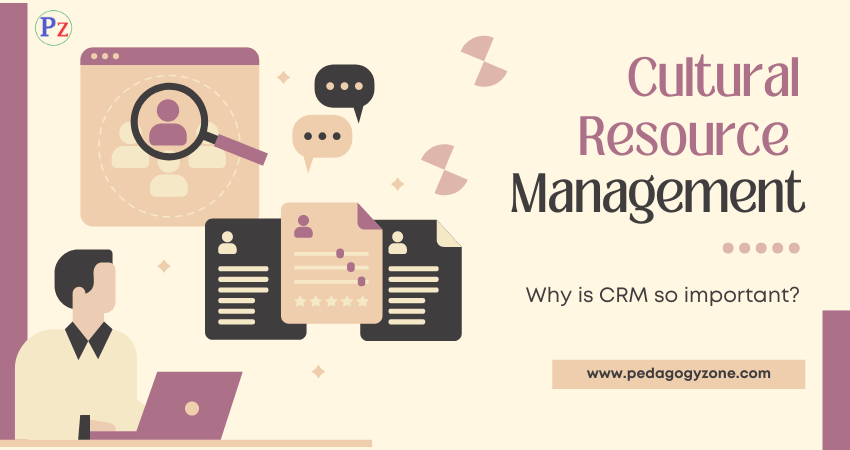Work life balance is the term used to describe those practices at work place that acknowledge and aim to support the needs of employees in achieving a balance between the demands of their family life and work-lives.
Work life balance has emerged from the acknowledgement that an individual’s work life and personal life may exert conflicting demands on each other. In order to manage the negative spillover of conflict, it is important to balance the demands from both the domains
Definition
According to the Work Foundation, “work life balance is about individuals having a measure of control over when, where and how they work, leading them to be able to enjoy an optimal quality of life”.
Options of work life balance
> Telecommuting- through computer, fax, online to family and others

Advantages of work life balance
-
Developing loyalty and commitment
-
Increase productivity
-
Reduces absenteeism
-
Reduces staff turnover
-
Encourages employee participation
-
Helps in attraction and retention of employees
Disadvantages of work life balance
- If not introduced equitably, some employees may resent others
- Flexible or remote working may make it difficult to maintain an organization structure and climate
- Once policies are introduced , it may be difficult to change them, even if the company runs into difficulties
Some guidelines for improving work life balance
-
Identify employee needs
-
Focus on organizational culture
-
Improve personal and organizational efficiency
-
Set-up work- life policies
-
Inform and train managers
-
Communicate the policies and benefits
-
Evaluate work-life balance success
| Read More Topics |
| Types of organizational culture |
| List the importance of organizational culture |
| Define stress and cause stress |





